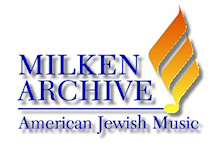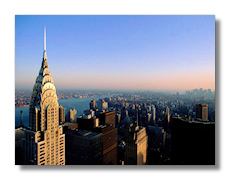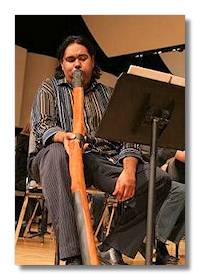Home from Japan
By Barry Davis
Even in an era where cultural and ethnic boundaries are leapfrogged with ever increasing frequency, the idea of a Western classically trained Japanese woman immersing herself in Eastern Jewish liturgical texts and music takes some getting used to.
Today, Kumiko Yayama Bar-Yossef knows more than a thing or two about piyutim (liturgical poems) and, in fact, can enlighten most native Israelis about the subject.
Yayama – who is married to musicology professor Amatzia Bar-Yossef – first came to Jerusalem in 1992 to pursue a PhD in musicology, but her music education began much earlier. "I studied ballet from the age of four and I took up Western classical piano from the age of six," she explains in fluent Hebrew.
While Yayama didn't exactly come from a family of musicians, there was always something interesting to listen to at home. "My father was just a taxi driver. He didn't have a lot of money but he was crazy about stereo technology and we always had the best system going at home. We listened mostly to Western classical music and, at some stage, my father also taught himself to play guitar."
Read more about this at the Jerusalem Post website:
http://www.jpost.com/servlet/Satellite?cid=1207649979802&pagename=JPost%2FJPArticle%2FShowFull




















